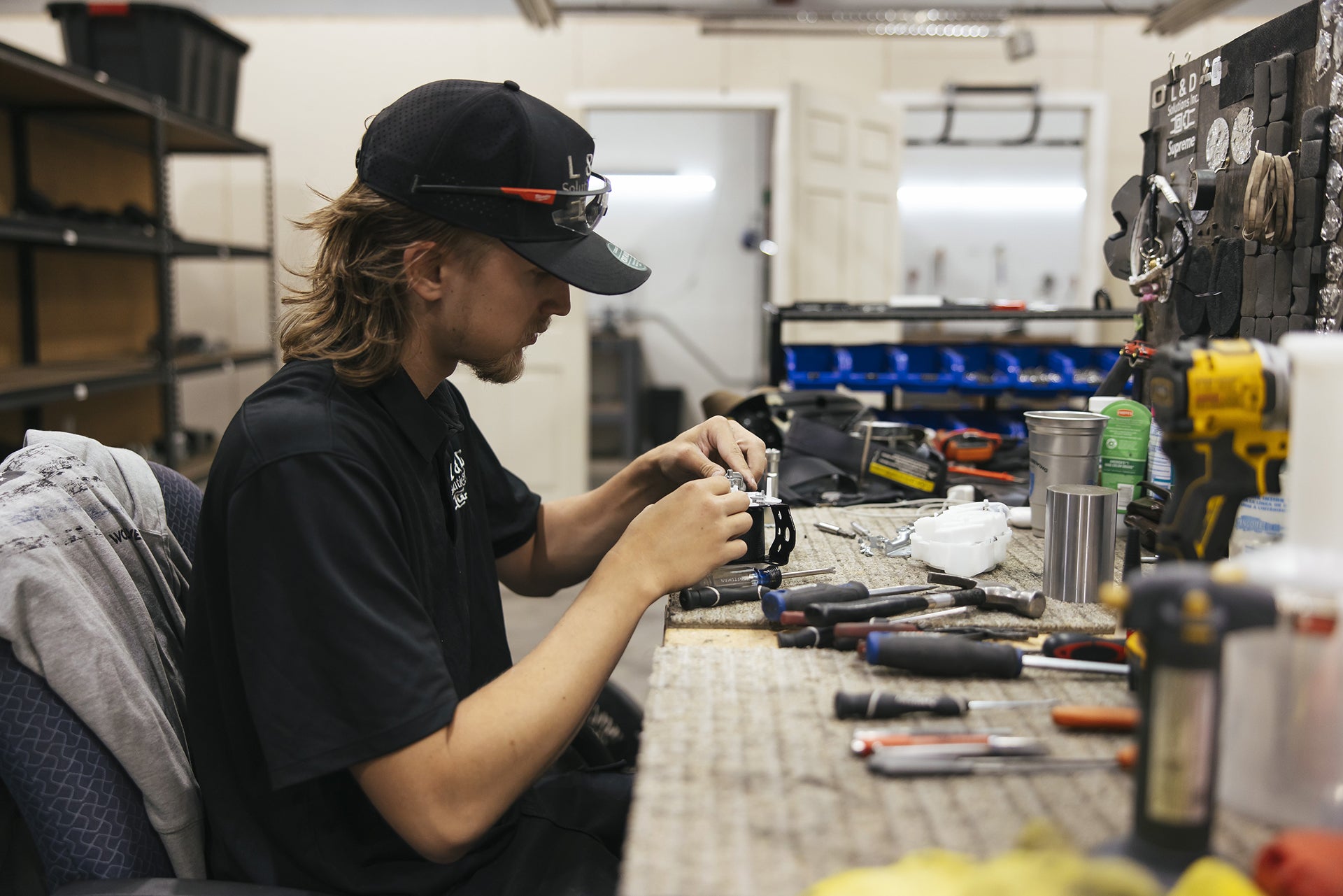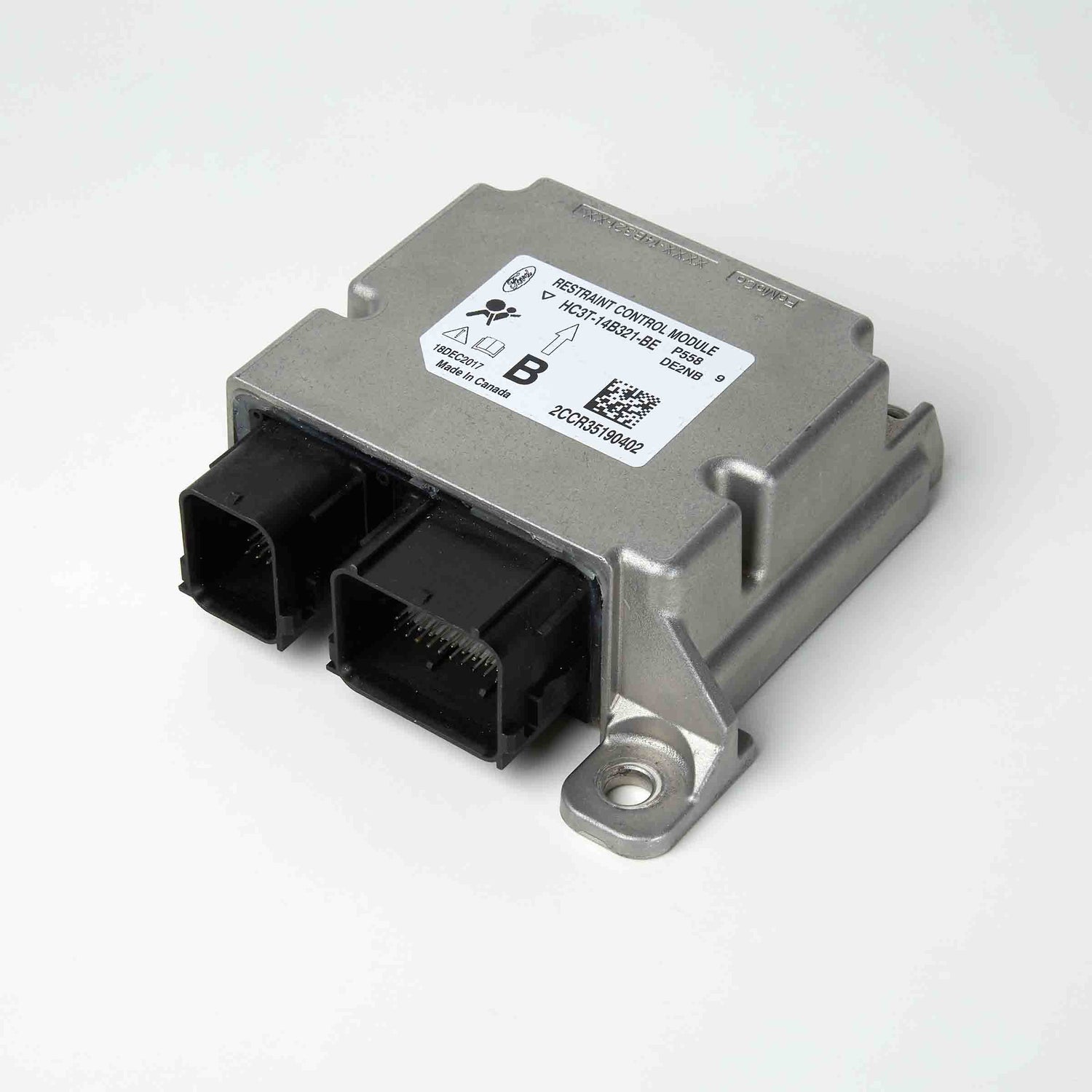Why the Airbag Module Matters
Most drivers know to check their airbags after a crash. Fewer realize the real “brain” of the system, the airbag control module, often takes the bigger hit.
Here’s what happens: the module records crash data, locks itself, and shuts the system down. Until it’s dealt with, your airbags won’t work. That’s where an airbag module reset comes in.
Think of it like the circuit breaker in your house. When it trips, you can’t just plug your appliances back in and hope for the best, you’ve got to reset the breaker. The airbag module works the same way.
What Is an Airbag Module Reset?
An airbag module, sometimes called the SRS (Supplemental Restraint System) control unit, is a small computer buried under your dash or console. It constantly listens to sensors around the car, looking for signs of a collision.
After an accident, the module:
-
Stores impact data
-
Locks itself to prevent re-use
-
Keeps the airbag light on as a warning
An airbag module reset clears that stored crash information, restores factory settings, and makes the module usable again. It’s not just a code clear with a basic OBD scanner, it’s a full reprogramming with specialized tools.
Why Skipping a Reset Is Dangerous
Some drivers ignore the problem. They drive around with the airbag light on, telling themselves they’ll “get to it later.” That’s a gamble.
Without a reset:
- The airbags may not deploy in another crash.
- The seatbelt pretensioners may not tighten.
- You won’t know if a new issue shows up, because the old crash data clogs the system.
Let’s be honest, if your car can’t protect you in an accident, it doesn’t matter how good the repairs look on the outside.
Signs You Need an Airbag Module Reset
You’ll usually see at least one of these:
- Airbag light stays on even after repairs.
- Crash codes remain in the system.
- Seatbelt tensioners don’t respond.
- Your mechanic tells you the module can’t be cleared with regular equipment.
If any of those show up, you’re not dealing with a minor glitch. You need the module reset.
What to Do After an Accident
So, you’ve been in a crash. What now?
1. Check the Airbags and Light
Did the airbags deploy? If yes, the module is locked. Even if they didn’t, don’t assume you’re in the clear, the module still logs the event.
2. Remove the Module Safely
This isn’t a DIY “pull it out with a wrench” job. The car battery needs to be disconnected, and the module carefully removed. It’s usually under the center console or driver’s seat.
3. Send It for Reset
This is the key step. A professional service like L&D Solutions wipes the crash data and restores the module.
4. Reinstall and Test
Once reinstalled, the light should go out, and the airbags are armed again.
Reset vs. Replacement
Should you just replace the module instead? Here’s the difference:
| Reset | Replacement |
|---|---|
| $50–$150 | $300–$800+ |
| 24–48 hours | 1–2 weeks |
| Keeps your original module | Requires reprogramming |
Unless the module itself is physically damaged, an airbag module reset is the smarter move.
Common Misconceptions
Plenty of myths float around. Let’s clear a few:
- “If airbags didn’t deploy, no reset needed.” Wrong. Even small crashes log data.
- “I can erase codes with my scanner.” You can’t. Crash data lives deeper than normal codes.
- “I’ll just buy a used module online.” Risky. Modules are tied to your car’s VIN and often won’t work without reprogramming.
Real Example from the Shop
A customer brought us a 2015 Ford Fusion. The accident had been minor, no airbags went off, but the light stayed on. He’d already spent money replacing sensors, only to find the warning wouldn’t clear.
We reset his module, reinstalled it, and the system passed diagnostics in minutes. He saved several hundred dollars by resetting instead of buying a new unit.
That’s the reality: until the airbag module reset is done, you’re just chasing your tail with other repairs.
Can You Do It Yourself?
Technically, some people try. But here’s why it usually goes wrong:
- Specialized equipment isn’t sold at auto parts stores.
- A mistake can fry the module permanently.
- You can’t be sure the reset actually worked without proper testing.
This isn’t changing spark plugs, it’s the heart of your car’s safety system. Trusting a pro is the only way to know it’s right.
How L&D Solutions Handles It
Here’s how our process works:
- You remove and ship the module. We guide you if needed.
- We reset it. Crash data is cleared, and factory settings are restored.
- We send it back fast. Usually within 24–48 hours.
- You reinstall and drive safe. No more warning lights.
We back our work with support. If something doesn’t look right after reinstall, we’ll help you troubleshoot until it’s fixed.
Preventing Headaches in the Future
Accidents can’t always be avoided. But you can reduce surprises:
- Always scan your car after even small impacts.
- Don’t sell a car with the airbag light on, buyers will check.
- Keep up with regular diagnostics so you catch problems early.
A little prevention now can save a lot later.
Final Thoughts
Your vehicle’s airbags aren’t just equipment, they’re life-saving technology. But they’re useless without the control module working correctly.
After an accident, an airbag module reset isn’t optional. It’s the only way to be sure your safety system is ready if something happens again.
If you’re dealing with a locked module or an airbag light that won’t shut off, let L&D Solutions handle it. Quick turnaround, fair pricing, and the peace of mind that your system is truly restored.




Leave a comment
This site is protected by hCaptcha and the hCaptcha Privacy Policy and Terms of Service apply.